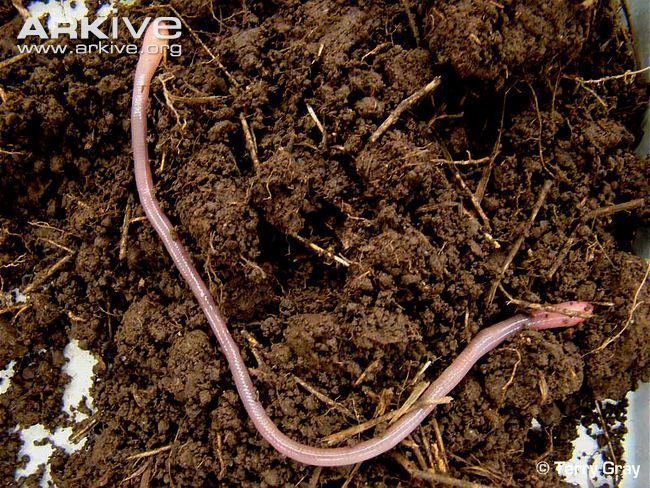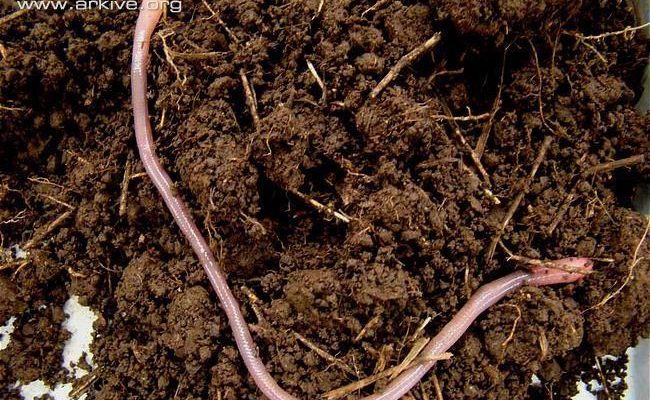
The Giant Palouse Earthworm is more than just a fascinating species to look at; it’s a vital player in the ecological system of the Palouse prairie. The way this earthworm interacts with the environment contributes to nutrient cycling, soil aeration, and even helps combat climate change. It’s like an unsung hero of agriculture, silently doing its part while most of us go about our busy lives.
What Is the Giant Palouse Earthworm?
The Giant Palouse Earthworm (*Driloleirus macelfreshi*) is an extraordinary species that stands out for its size and the unique, almost mythical qualities it possesses. Imagine a worm that can live for years and is known for its creamy white color. But it isn’t just about looks; this earthworm has a fascinating lifestyle that is closely linked to the health of its environment.
This species is native to the Palouse region, which is characterized by its rolling hills and fertile soil. The Giant Palouse Earthworm thrives underground, where it helps maintain the ecosystem. These worms are rarely seen because they spend most of their time deep in the earth, creating burrows and channels that allow air and water to flow through the soil. Think of them as nature’s little construction workers, building tunnels that keep the ground healthy and breathable.
Why Is It Ecologically Important?
You might be wondering, why should we care about a giant worm? Well, here’s the thing: Giant Palouse Earthworms are crucial for soil health. They contribute to what scientists call “soil structure.” This means that their burrowing creates spaces in the soil that help water and nutrients reach plants more easily. Without this type of activity, soil can become compacted and lose its ability to support plant life.
In addition to improving soil structure, these earthworms help with nutrient cycling. As they consume organic matter like decaying leaves and roots, they break it down into forms that plants can easily absorb. This process enriches the soil, making it more fertile and sustainable for agriculture. It’s similar to how composting works but under the ground—helping to create a thriving environment for plant growth.
The Role in Agriculture
Farmers in the Palouse region heavily rely on the health of the soil for their crops. That’s where the Giant Palouse Earthworm becomes even more vital. By promoting nutrient availability and soil aeration, these worms help farmers produce healthy yields of wheat and other crops.
Without a healthy population of Giant Palouse Earthworms, farmers might face challenges like decreased crop yields and the need for more chemical fertilizers, which aren’t great for the environment. Essentially, these earthworms help keep agriculture sustainable, making the Palouse region one of the most productive farming areas in the United States.
Threats to the Giant Palouse Earthworm
Unfortunately, the Giant Palouse Earthworm is facing significant threats. One of the biggest challenges comes from habitat destruction due to urban development and agriculture. As more land is cultivated or turned into cities, the natural habitat where these worms thrive is being lost.
Additionally, changes in farming practices can have a negative impact on these creatures. For instance, the use of pesticides and herbicides may disrupt their populations. When farmers use chemicals to control pests, they might inadvertently harm the earthworms that help their crops thrive. It’s an unfortunate cycle where short-term practices can lead to long-term consequences for soil health.
Conservation Efforts
Despite the challenges, there are ongoing efforts to conserve the Giant Palouse Earthworm and its habitat. Local organizations, scientists, and farmers are coming together to protect these essential creatures. They’re working on initiatives that promote sustainable farming practices, aiming to minimize the impact on the Giant Palouse Earthworm population.
Community education plays an important role in these efforts, too. By raising awareness about the importance of earthworms and healthy soil, people can make choices that positively affect the ecosystem. It’s a team effort where every little action counts—like opting for organic farming methods or supporting local conservation initiatives brings hope for the future of this incredible species.
How You Can Help
You might think, “What can I do to help save a giant worm?” Honestly, every little bit helps. If you’re a gardener or farmer, consider adopting practices that support soil health. Here are a few ways you can pitch in:
- Reduce chemical use: Use organic fertilizers and limit pesticides to protect earthworm populations.
- Practice crop rotation: This maintains soil diversity and health, ultimately benefiting earthworms.
- Support local conservation: Get involved with groups dedicated to protecting soil health and biodiversity.
- Educate others: Share information about the importance of earthworms with friends and family.
Even small changes can collectively have a significant impact on conserving the Giant Palouse Earthworm and their habitat.
The Giant Palouse Earthworm is more than just a fascinating creature; it’s a cornerstone of a healthy ecosystem. By improving soil structure and nutrient cycling, it plays a crucial role in sustaining the agricultural health of the Palouse region. With threats mounting, it’s vital to protect this unique species.
Whether you’re a farmer, gardener, or simply someone who loves nature, remember that the actions we take can help ensure the future of the Giant Palouse Earthworm. Let’s cherish these incredible creatures and the role they play in our environment, making sure they can continue to thrive.

